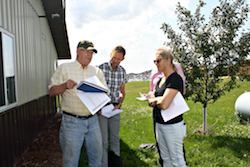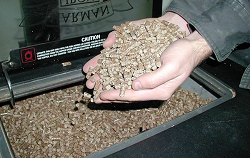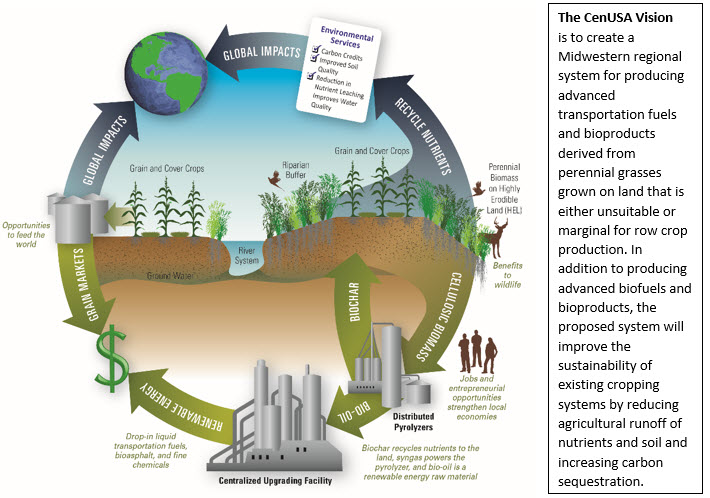NEWBio research discovers social, cultural, and economic motives behind local bioenergy decisions.

Landowner and other stakeholder responses to bioenergy crop production play a critical role in the bioenergy industry’s future. NEWBio’s Human Systems Team set out to understand the social, cultural, and economic factors that drive decisions about bioenergy development in the Northeast U.S. Drawing from social science disciplines, the team found evidence that social-cultural and economic factors of bioenergy …







